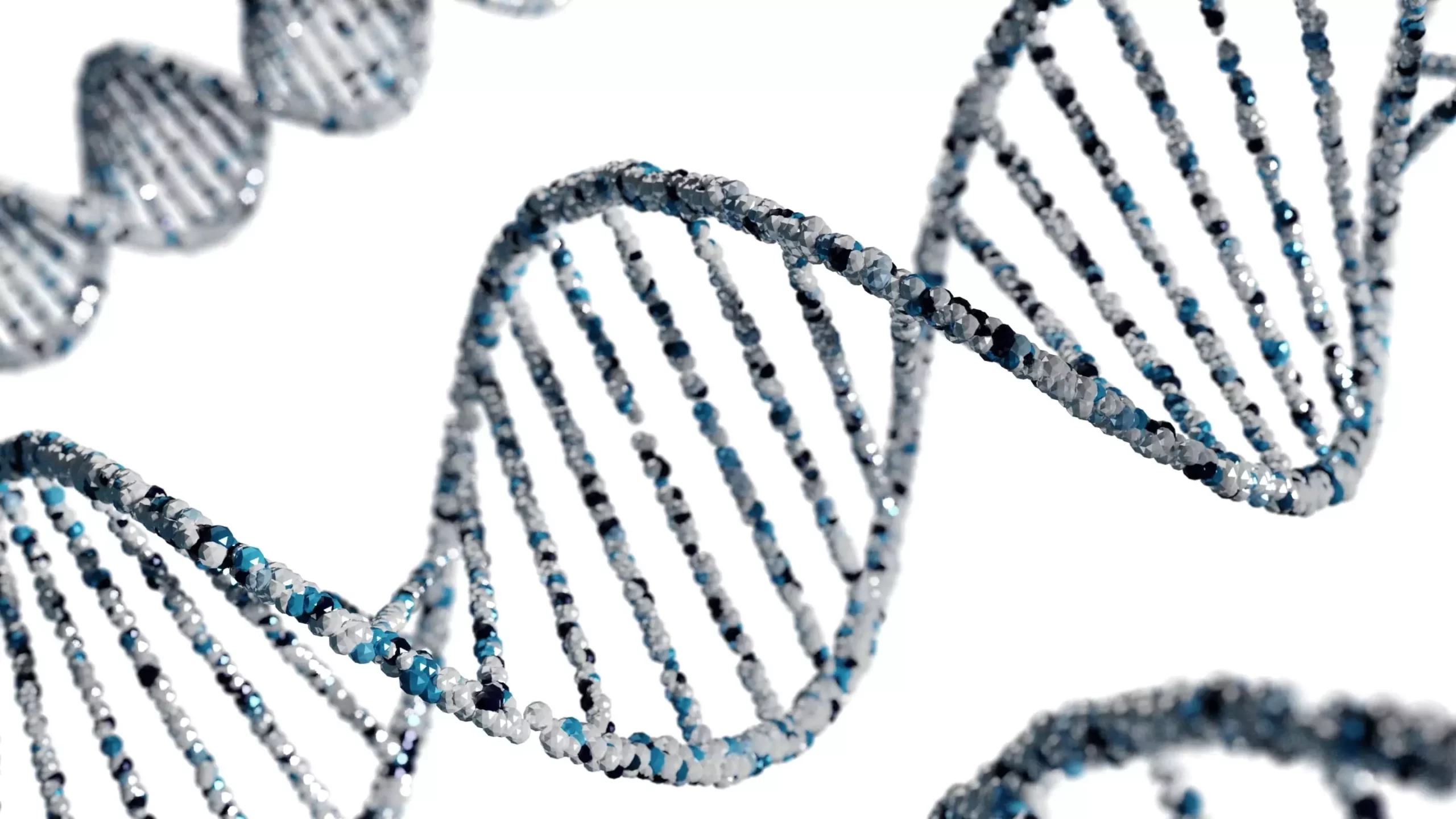The landscape of modern medicine is constantly evolving, with novel treatments such as personalized cancer therapies harnessing the power of immune cells and targeted antibodies. While these advancements are promising, they come with substantial constraints—namely, complexity and cost. Most existing therapies continue to rely on small chemical compounds that are amenable to mass production at lower costs, making them more accessible. However, the bottleneck in this drug development pipeline arises from the limited number of new bioactive compounds that current methodologies can unveil.
A transformative technology birthed in the early 2000s, known as DNA-encoded libraries (DEL), offers a glimmer of hope in overcoming these challenges. Originally developed through collaborative efforts between researchers at Harvard and ETH Zurich, this method allows for the synthesis and testing of millions of chemical entities simultaneously. Nevertheless, early-stage DEL technology faced a significant limitation: the capacity to create only a few small molecular variants, which hindered its applicability in more complex chemical space.
Recent refinements by chemists at ETH Zurich herald a substantial leap forward for DEL methodologies. Their groundbreaking research, detailed in a recent publication in *Science*, showcases a refined process that could expand the library of synthesizable compounds from millions to billions—allowing for rapid testing and evaluation within mere weeks. Notably, this enhanced DEL technology is capable of generating larger drug molecules such as ring-shaped peptides, thereby broadening the therapeutic targets available for exploration. According to Jörg Scheuermann, a leading figure in DEL research, this new methodology significantly broadens the scope of possibilities for drug discovery, potentially leading to groundbreaking treatments.
The conceptual underpinnings of combinatorial chemistry serve as the foundation for this advancement. The objective is to create an extensive range of molecular variations from select individual chemical constituents. The exponentially increasing options resulting from different synthesis iterations and combinations of building blocks create a veritable ‘molecular soup.’ In order to isolate and identify biologically active compounds from this complex mixture, the DEL approach appends specific DNA sequences to each molecule, functioning as unique identifiers akin to barcodes. This facilitates efficient tracking and verification of compound efficacy through techniques similar to those employed in COVID-19 testing.
Despite its promise, the original DEL approach faced several chemical limitations. One persistent challenge was the reliability of linking DNA fragments with their corresponding chemical building blocks. Variability in chemical reactions could lead to a loss of code integrity, where multiple compounds could share the same DNA sequence, compromising the uniqueness needed for effective identification. Consequently, the size and scope of DEL libraries were restricted to just a few million viable compounds.
Scheuermann’s team at ETH Zurich has now developed strategies to mitigate these limitations. Their innovative method features a two-part system designed to purify DELs to a granular level. The synthesis process involves coupling molecular construction to magnetic beads, allowing for straightforward handling and purification through automated washing cycles. Additionally, introducing a second chemical coupling agent that binds strictly to the intended last building block enables the rapid removal of incomplete or truncated compounds, enhancing the specificity and purity of the library.
Implications for Future Research and Applications
The advancements stemming from the new self-purifying DEL technology pave the way for a much larger array of molecules—potentially enabling researchers to explore compounds comprised of five or more building blocks. This shift is pivotal as it allows for the identification of larger active substances that can interact with multiple sites on target proteins, thus enhancing therapeutic strategies. Scheuermann emphasizes this potential, stating that the ability to target various regions of a protein could facilitate the development of more sophisticated therapeutics capable of effecting change at multiple interaction points.
Furthermore, the implications extend to fundamental biological research, offering new avenues for understanding protein interactions within cellular contexts. The ETH team also recognizes the certainty of applying this technology to large-scale, international research initiatives like Target 2035. This ambitious project aims to produce specific molecules that can selectively bind each of the approximately 20,000 human proteins—targeting their modulation to impact biological functions positively.
To facilitate efficient dissemination of this revolutionary technology, Scheuermann and his colleagues plan to establish a spin-off company. Their enterprise will streamline the process, providing industry and researchers with complete services—from the design of DEL collections to automated synthesis and rigorous efficacy testing. The evolving interest from industry stakeholders indicates the compelling potential that self-purifying DNA-encoded libraries hold in transforming drug discovery and development, particularly in the realm of cyclic molecules—heretofore challenging to access in significant quantities.
The evolution of DEL technology signifies a crucial milestone in the quest for novel therapeutic compounds, promising to expand the boundaries of drug discovery and pave the way for innovative treatments capable of addressing complex health challenges.

